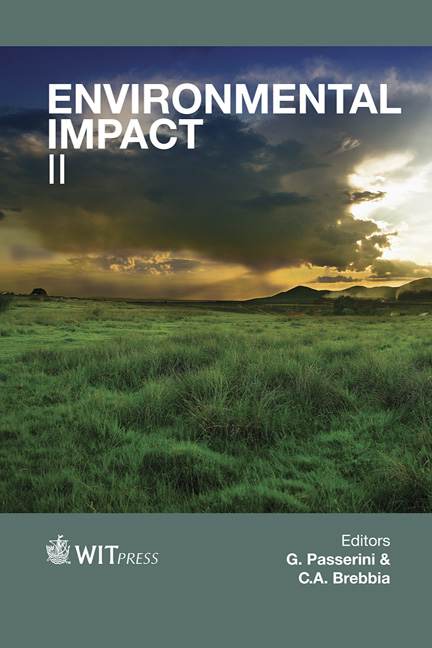Model For The Environmental Impact Assessment Of Neighbourhoods
Price
Free (open access)
Transaction
Volume
181
Pages
12
Page Range
103 - 114
Published
2014
Size
1,925 kb
Paper DOI
10.2495/EID140091
Copyright
WIT Press
Author(s)
D. Trigaux, K. Allacker & F. De Troyer
Abstract
In order to move towards a sustainable built environment, modern cities need to be planned and organized differently, focussing not only on the characteristics of individual buildings but also on the relations between buildings and infrastructure works. Based on an existing Life Cycle Assessment (LCA) method for buildings, this paper proposes a model to assess the environmental impact of building clusters, together with the required road infrastructure. A hierarchic assessment structure, using the principles of the \“element method for cost control” and a subdivision in different scale levels, is presented and methodological issues are discussed. To illustrate the methodology, abstract neighbourhood models are compared consisting of different dwelling types and the related amount of road infrastructure. The results revealed substantial environmental impact differences between the analysed alternatives, showing the importance of optimizing the layout and density of neighbourhoods. Keywords: neighbourhood, road infrastructure, element method, Life Cycle Assessment.
Keywords
neighbourhood, road infrastructure, element method, Life Cycle Assessment.





